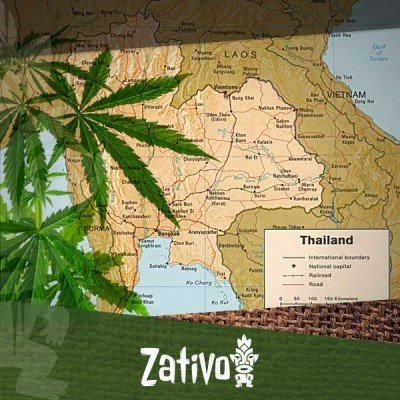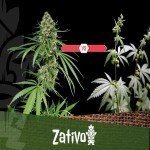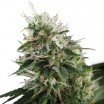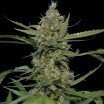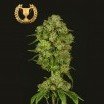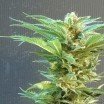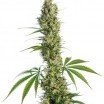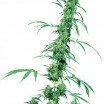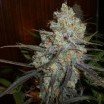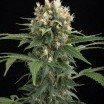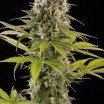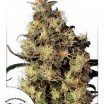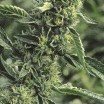Don't have an account?
Register NowYou have to add to cart at least 5 bottles or any program to make checkout.
- BlogOrigins Of The Thai Strains
Origins Of The Thai Strains
Published: April 12th, 2017
Categories:
Cannabis Info
Origins Of The Thai Strains
If you assume their origin is Thailand, you make an educated guess. Most of this holiday paradise has a "tropical wet and dry or savanna climate" type and the Cannabis sativa growing here has adapted to it, resulting in tall and slender plants similar to a willow tree in their growth pattern with long, thin, floppy branches. Thai strains show a very good inherent mold resistance due to the acclimatization to humid climates - the buds of these plants are less densely packed and usually form popcorn-like balls. Thai strains made their first appearance in the Western world in the 1960s - military troops transported it to the USA during the Vietnam War (quiet irony). The Veterans referred to this weed as "Thai sticks", based on the fact that it was often tied around bamboo sticks or to the stem of the plant.
During the late 1960s and early 1970s this tropical weed was very popular, but with the end of the Vietnam War in 1975 the military troop transports between Thailand and the US came to a halt, which was very likely the most influential aspect of its eventual disappearance.
Another famous strain from Thailand is Chocolate Thai - highly praised for its chocolate flavor and cerebral high. Chocolate Thai made people float from the 1960s through 1980s, but eventually, the strain's popularity began to fade due to its lower THC content compared to newer strains. The genetics of this tropical delight is still around to date.
Thai strains today
The 1960s, 1970s and 1980s are dead and gone, but Thai strains are still present to this day. Due to the notoriously long flowering period of pure Sativas, most strains with Thai heritage are now sativa-dominant hybrids, but there are pure Thai landraces still available as well. An example of the latter is Wild Thailand, a pure landrace strain coming from the islands of Ko Chang. The list of hybrids with a touch of Thai genetics - on the other hand - is extensive. One of them is Chocolope, a multiple award-winning crossing between Original Chocolate Thai and Cannalope, but there are many more, we can not mention them all. If you are interested in hybrids with Thai genetics, you will find many in our shop.
Taste and odor
Since "Thai" only refers to the landraces growing in Thailand, it would be presumptuous to link certain aromas to the taste and odor of Thai strains, simply because the ones growing in a tropical wet or dry savanna climate - which is mostly prevalent in Thailand - can vary greatly in their terpene profile when compaired to the ones found growing in the South and East, where there is a tropical monsoon climate.
Effect
Thai landraces are pure Sativas, thus the induced high is mostly of a cerebral nature (generally speaking).
Thai relatives
After several decades of crossbreeding, the descendants of Thai strains are aplenty. We at Zativo have dozens of strains with Thai genetics in stock, so check out the extensive list of related strains below - we are pretty certain you will find something to your liking.

